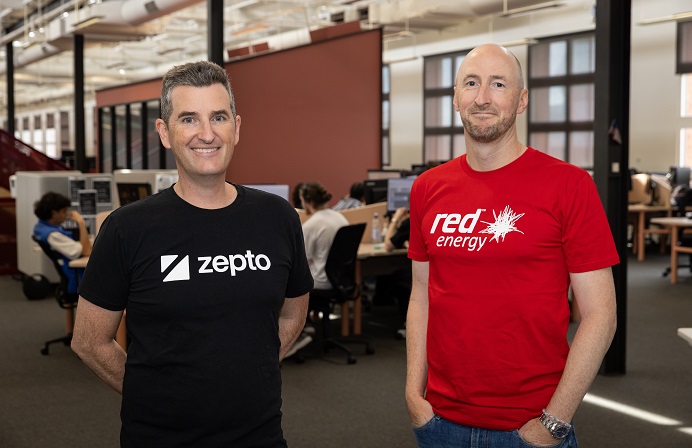
Both life and general insurers should make ready use of data sourced from customers’ wearable devices, utilising this information to streamline the underwriting process and extend policy coverage to those who may otherwise face exclusion, argues Zurich Australia’s chief underwriting officer Peter Tilocca.
Speaking at FST’s Insurance Summit 2023, Tilocca, qualifying that the views “were [his] own” and could potentially be seen as controversial, called for his fellow life insurers to embed multiple data sources, including socio-economic data – noting this dataset’s “very strong correlation to propensity to claim” – into the underwriting process.
Doing so, he said, would significantly reduce the time customers spend on completing a personal statement.
“My view is that we need to start collecting and ingesting some of these data sources that are available [from wearables] to help this process,” Tilocca said.
“There are strong scientific and medical studies that indicate that 7,500 steps a day and eight hours of sleep are just as good prognostic indicators to claim as completing a personal statement.
“It’s medically backed and it’s scientific, so why not adopt that data into the underwriting process to reduce [the burden on customers]?”
He added: “There’s sufficient scientific evidence that says that if you meet certain hurdles, you’re actually a pretty good risk.”
Questioned on whether such data could be trusted by insurers as accurate and truly representative of an individual policyholder, Tilocca said the system would likely require some form of “second-point authentication”, including the potential use of emerging facial recognition authentication technologies.
This use case could also be extended to emerging biometric technologies that can track everyday health, providing results for “blood pressure, cholesterol levels, blood sugar levels, and stress scores to see how you’re coping”, he said.
He conceded however that these health-tracking technologies are still in an embryonic phase, and “[aren’t] ready for use in underwriting. But they will be, he added, “at some point”.
Tilocca also warned against the use of ‘black boxes’ – a closed-source device or system that produces information without revealing its internal workings – in life insurance, which could compromise ethical safeguards for artificial intelligence and data analytics systems.
“My advice to anyone, you need to understand the data that’s going in and the data that’s coming out and what the results are,” Tilocca said.
“Black boxes could be appropriate in certain areas and for certain industries, but from a life insurance industry perspective, I would certainly stay away from them.”
He added: “You need that AI ethical framework set up; you need the right people who create the framework and also manage it. And you need to understand the data: you need to cross-check it, and you need to ensure that you are operating in a way where you are consciously removing bias by ensuring you have that ethical framework set up that you can hold yourself accountable to.”
Wearables data should extend coverage, not limit it
When used conscientiously and with proper safeguards in place, wearables data could also be used by insurers to extend insurance coverage to individuals who may have otherwise been excluded, with coverage better tailored to individual risk profiles, Tilocca said.
“We can use this data to provide more cover, not to decline more people.”
The underwriting process typically takes a “broad brush” approach with risk profiling, placing individuals into broad risk buckets that determine whether they are offered full insurance with a standard rate, coverage with exclusions, or are declined entirely.
With enough detailed data, he said, insurers “can stratify risk better”.
“People in that cohort that, say, have previously been accepted with an exclusion could be moved into the ‘standard rate’ or ‘no exclusion’ bucket.
“People in the ‘declined’ bucket can be moved into the ‘exclusion’ bucket, because we’re… capturing enough of the differential data points.”
He added that customers increasingly demand personalised life insurance premiums, and not simply to be “treated like everyone else”.
With fears that insurers could use such data to exclude applicants or existing from coverage rather than increase offerings, Tilocca stressed: “My key message to my team is that we should be using data for good and not evil.
“The data sources that are available to us today and how we incorporate those into the underwriting process should be there to make the underwriting process easier, and to be able to insure more people, not as a way of declining people.”
Though based on the life side of the business, Tilocca said his general insurers (GI) colleagues have also experimented with the use of non-traditional datasets, including telematics and wearables data, to potentially extend the number of people that can be covered under a Zurich policy.
“My GI colleagues at Zurich are working on catastrophe cover… [and] attempting to manage global warming risk effectively.”
“They’re seeing that some of their clients today are uninsurable, depending on where they live. They’re [now] working on data and data sources different to what they’ve used traditionally to try to improve the affordability and just increase insurance coverage.





